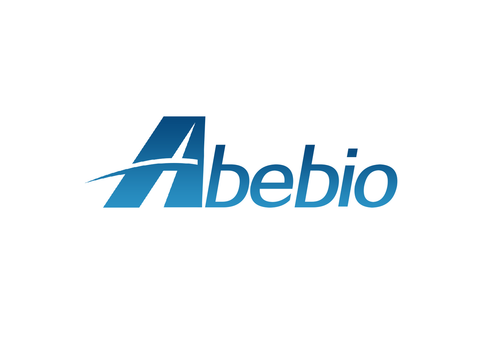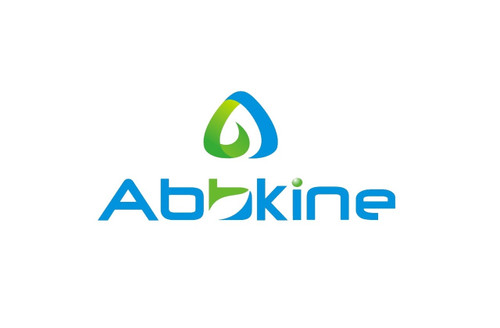Product Description
Mouse Prostaglandin E2 (PG-E2) ELISA Kit | AE27817MO | Abebio
Species Reactivity: Mouse (Mus musculus)
Abbreviation: PG-E2
Alternative Name: N/A
Application: ELISA
Range: 0.4-80 pg/mL
Sensitivity: 0.2 pg/mL
Intra-Assay: ≤4.7%
Inter-Assay: ≤8.8%
Recovery: 1, 02
Sample Type: Serum, Plasma, Other biological fluids
Detection Method: Sandwich
Analysis Method : Quantitive
Test Principale: This assay employs a two-site sandwich ELISA to quantitate PG-E2 in samples. An antibody specific for PG-E2 has been pre-coated onto a microplate. Standards and samples are pipetted into the wells and anyPG-E2 present is bound by the immobilized antibody. After removing any unbound substances, a biotin-conjugated antibody specific for PG-E2 is added to the wells. After washing, Streptavidin conjugated Horseradish Peroxidase (HRP) is added to the wells. Following a wash to remove any unbound avidin-enzyme reagent, a substrate solution is added to the wells and color develops in proportion to the amount of PG-E2 bound in the initial step. The color development is stopped and the intensity of the color is measured.
Product Overview: Prostaglandin E2 (PGE2), also known as dinoprostone, is a naturally occurring prostaglandin which is used as a medication. As a medication it is used in labor induction, bleeding after delivery, termination of pregnancy, and in newborn babies to keep the ductus arteriosus open.In babies it is used in those with congenital heart defects until surgery can be carried out. It may be used within the vagina or by injection into a vein.Common side effects include vomiting, fever, diarrhea, and excessive uterine contraction. In babies there may be decreased breathing and low blood pressure. Care should be taken in people with asthma or glaucoma and it is not recommended in those who have had a prior C-section. Prostaglandin E2 is in the oxytocics family of medications. It works by binding and activating the prostaglandin E2 receptor which results in the opening and softening of the cervix and dilation of blood vessels.Prostaglandin E2 was first made in 1970 and approved for medical use in the United States in 1977. It is on the World Health Organization's List of Essential Medicines, the most effective and safe medicines needed in a health system. In the United Kingdom a dose costs the NHS about 8.50 to 30.00 pounds. In the United States a course of treatment costs more than 200 USD.Prostaglandin E2 works as well as prostaglandin E1 in babies; however, is much less expensive.
Stability: The stability of ELISA kit is determined by the loss rate of activity. The loss rate of this kit is less than 5% within the expiration date under appropriate storage condition. The loss rate was determined by accelerated thermal degradation test. Keep the kit at 37°C for 4 and 7 days, and compare O.D.values of the kit kept at 37°C with that of at recommended temperature. (referring from China Biological Products Standard, which was calculated by the Arrhenius equation. For ELISA kit, 4 days storage at 37°C can be considered as 6 months at 2 - 8°C, which means 7 days at 37°C equaling 12 months at 2 - 8°C) .
 Euro
Euro
 USD
USD
 British Pound
British Pound
 NULL
NULL








